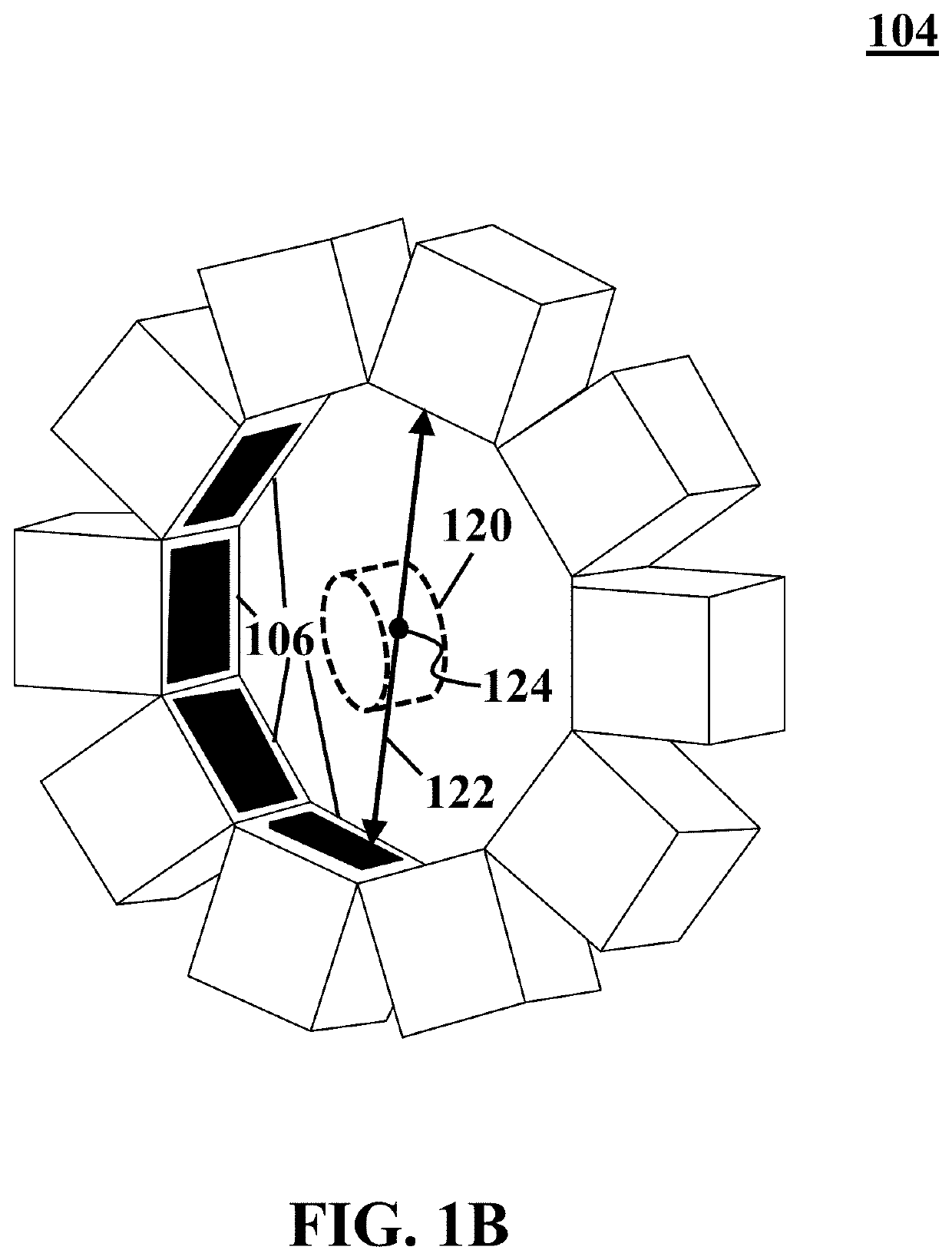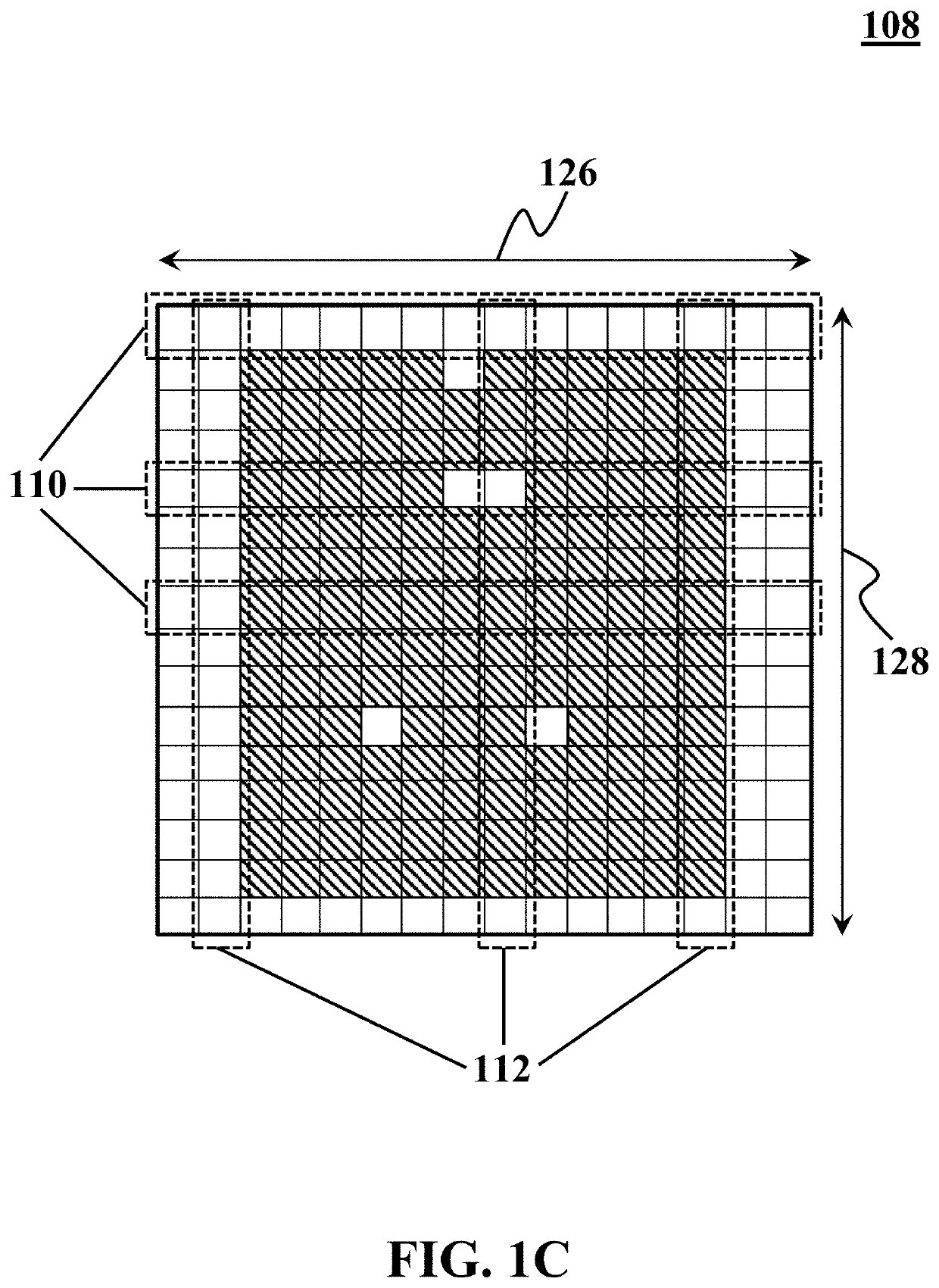Normalization of a positron emission tomography scanner
a positron emission tomography and scanner technology, applied in the field of nuclear medicine imaging, can solve the problems of reducing the uniformity of reconstructed images, increasing bias, and lack of data that may be required for acceptable normalization
- Summary
- Abstract
- Description
- Claims
- Application Information
AI Technical Summary
Benefits of technology
Problems solved by technology
Method used
Image
Examples
example
[0075]In this example, an impact of adding virtual detectors to a PET scanner on imaging quality is demonstrated. An exemplary implementation of method 200 is implemented on a dedicated small animal PET imaging system, consisting of ten (24×24 LYSO: Ce) blocks coupled to a 12×12 Silicon Photomultipliers (SiPMs) array. The scanner has 24 detector rings (i.e., transaxial rows at each block ring) and 240 LYSO (2×2×10 mm3) detectors per ring (i.e., all detectors in same transaxial rows of all blocks in a single block ring). The ring diameter, effective transaxial and axial field of views (FOV) are 166 mm, 100 mm, and 50.4 mm, respectively.
[0076]A cylindrical normalization phantom with a 9.5 cm inner diameter and a 6 cm height is filled with 75 Mbq 18F solution, positioned at the center of the FOV and scanned for 20 hours. More than 109 LOR events are collected.
[0077]FIG. 5A shows a transverse PET image of a homogenous cylindrical phantom prior to adding virtual detectors to a PET scanne...
PUM
| Property | Measurement | Unit |
|---|---|---|
| height | aaaaa | aaaaa |
| inner diameter | aaaaa | aaaaa |
| area | aaaaa | aaaaa |
Abstract
Description
Claims
Application Information
 Login to View More
Login to View More - R&D
- Intellectual Property
- Life Sciences
- Materials
- Tech Scout
- Unparalleled Data Quality
- Higher Quality Content
- 60% Fewer Hallucinations
Browse by: Latest US Patents, China's latest patents, Technical Efficacy Thesaurus, Application Domain, Technology Topic, Popular Technical Reports.
© 2025 PatSnap. All rights reserved.Legal|Privacy policy|Modern Slavery Act Transparency Statement|Sitemap|About US| Contact US: help@patsnap.com



